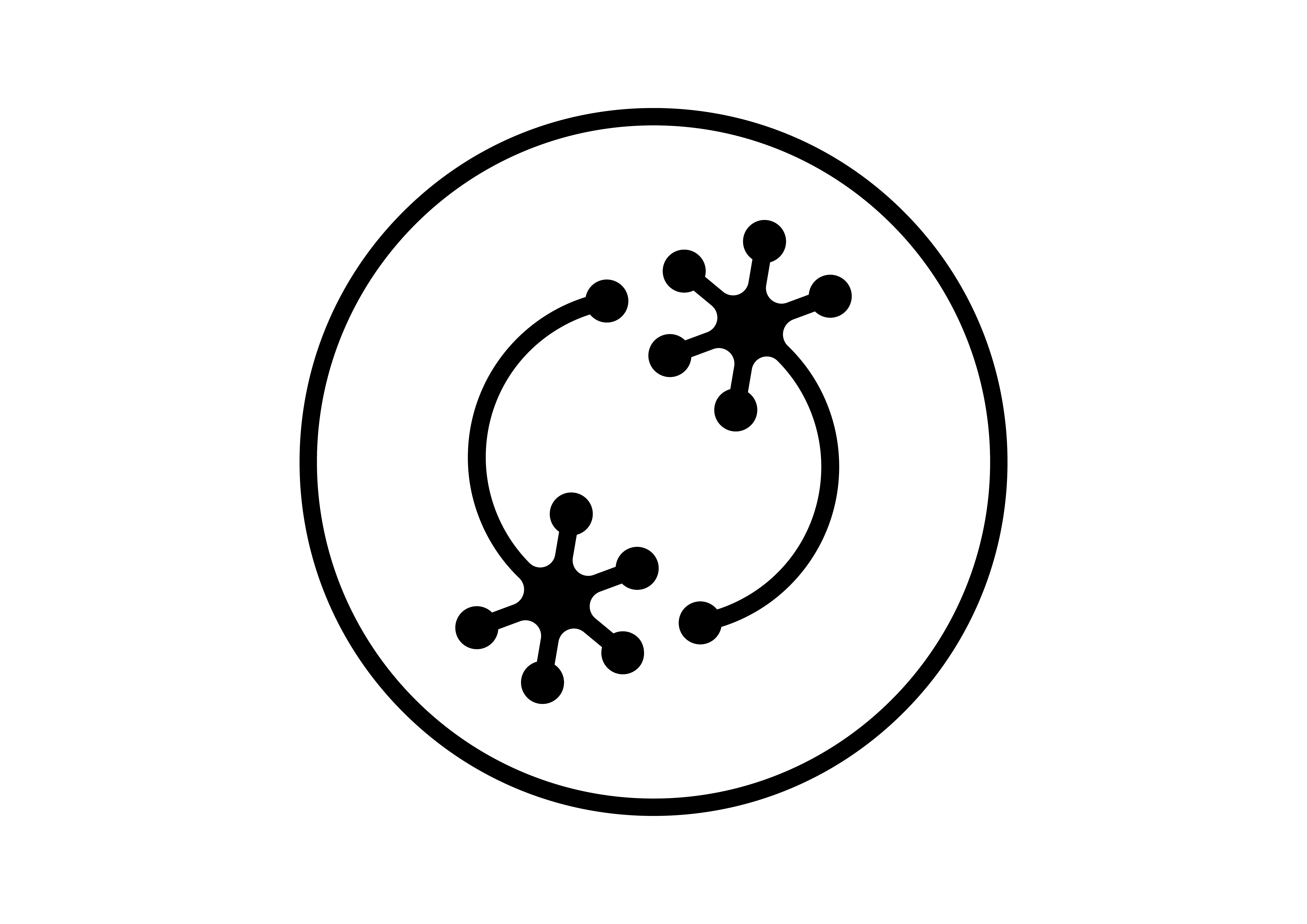Key Information on Upcoming Course Event
- Full time, 2 Week, Live Instruction Course
- 13 July – 24 July, 2026
- This course is aimed at a more advanced audience than our other courses. Students should have already taken our Deep Learning and Computational Neuroscience courses or the equivalent.
NeuroAI Course
What are common principles of natural and artificial intelligence?
The core challenge of intelligence is generalization. Neuroscience, cognitive science, and AI are all questing for principles that help generalization. Major system features that affect generalization include: task structure (multitasking, multiple inputs with same output and vice versa), microcircuitry (nonlinearities, canonical motifs and their operations, sparsity), macrocircuitry or architecture (e.g. modules for memory, information segregation, weight sharing by input symmetry or common development), learning rules (synaptic plasticity, modulation), and data stream (e.g. curriculum).
We aim to present current understanding of how these issues arise in both natural and artificial intelligence, comparing how these system features affect representations, computations, and learning. We provide case studies and coding exercises that illustrate these issues in neuroscience, cognitive science and AI.
- Learning Goal 1: A common understanding and vocabulary to describe challenges faced by naturally intelligent systems
- Describe core shared concepts in neuroscience, cognitive science and machine learning and how they differ to each other
- Describe and implement different ways in which an ANN can be compared to a BNN
- Describe multiple scales of computation, and multiple scales of study (e.g. Marr’s levels, what/how/why?)
- Learning Goal 2: Experience a multiplicity of approaches and interests at the intersection of neuro and AI; be able to describe some of these approaches and interests
- Learning Goal 3: Be able to practically implement NeuroAI models
- Coding and training models
- Adding more features to existing models
- Debugging (within guardrails)
- Interpreting, analyzing and critiquing existing models
- Learning Goal 4: Complete research that deals with difficulties in NeuroAI
- Writing down a problem in a way that makes it tractable
- Interacting with other people from other disciplines fruitfully
- Do research (reading papers, implementing previous SOTA, coding new methods, evaluating diff methods) in NeuroAI
- Communicating their research in ways that are comprehensible to their target audience
All our content is open source, you can see the NeuroAI course book here.
Pre-Course Preparation
- This course is intended for students who have taken our Computational Neuroscience and Deep Learning courses or the equivalent.
- More information on prerequisites can be found here.
Course Curriculum

Topic Outline
- Day 1: Big Picture and Introduction to NeuroAI Field
- Day 2: Comparing Tasks
- Day 3: Comparing Networks
- Day 4: Projects Day
- Day 5: Microcircuits
- Day 6: Macrocircuits: Architecture and Modules
- Day 7: Cognitive Structures
- Day 8: Micro-learning: Synaptic Plasticity
- Day 9: Macro-learning: Objectives
- Day 10: NeuroAI Mysteries & Project Presentations
Research Projects
In parallel with course work, students will apply the techniques they are learning on real research projects matching their interests. These are done with a smaller set of peers and a Project TA that will help groups formulate research questions and explore available open science datasets.
Research Project Data Sets
- Exploring local learning rules and credit assignment in artificial and natural intelligence
- Development Lead by Colleen Gillon, Imperial College London
- Leveraging neural architectural priors and modularity in embodied agents
- Development Lead by Divyansha Lachi, Georgia Tech
- Characterizing computational similarity in task-trained dynamical models
- Development Lead by Chris Versteeg, Emory University
Pricing
See the Course page for more information on course pricing.
Dates
Our live course runs annually in July. In 2026, the dates are 13-24 July.
Student and Teaching Assistant Roles
These roles are also outlined on our general courses page and in our Portal.
Students
Students have some experience in computational neuroscience as well as deep learning or AI research, both of which require a familiarity with Python. Students work in small learning groups (“pods”) to complete coding tutorials and develop a research project – all under the guidance of our teaching assistants. See more about the student role on the Courses page.
Teaching Assistants
Teaching assistants have some knowledge of AI research as well as familiarity with concepts in computational neuroscience and are experienced in Python. Teaching assistants guide students through the tutorials and help them develop projects. As part of the application for teaching assistants, you are required to make a 5-minute video using a pre-made tutorial. We want as many qualified teaching assistants as possible. Our best advice is to let your personality shine through and take your time moving through the material. This will ensure the content is clear and easy to follow. Please follow this link to the instructions on what to include in your video as well as detailed recording instructions.
Teaching assistants are paid, full-time, temporary, contracted roles. TA compensation is provided by this calculator. See the Courses page for more on TA roles.
Apply
Applications for our 2026 course open in February. Join our mailing list to be the first to hear details about our 2026 courses.
To check registration status and submit an application, visit our Portal, make a profile, and then apply for our course if it is available.
